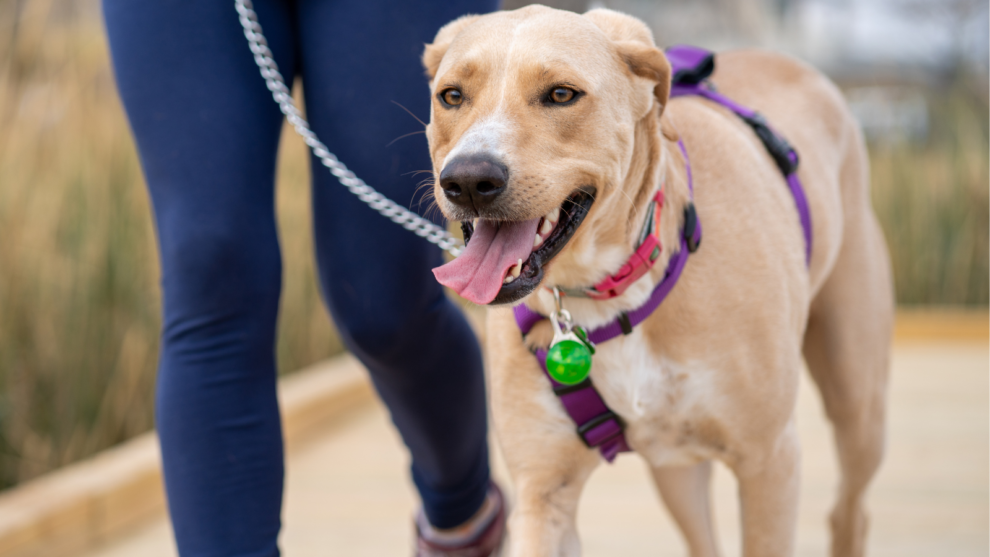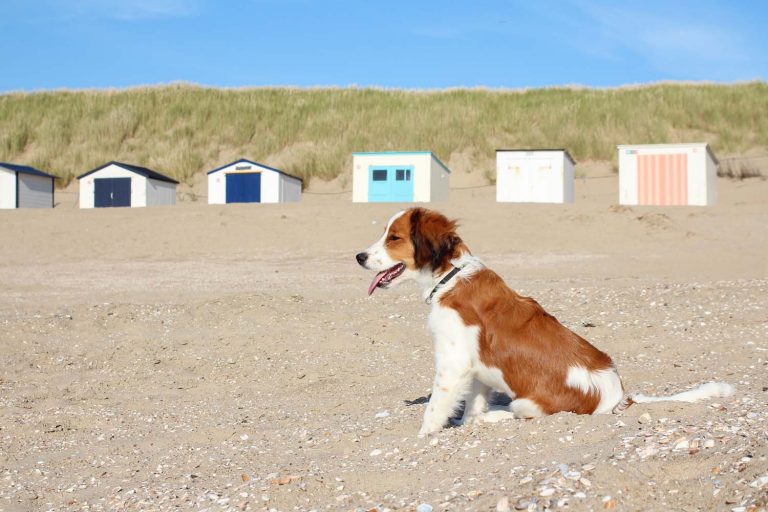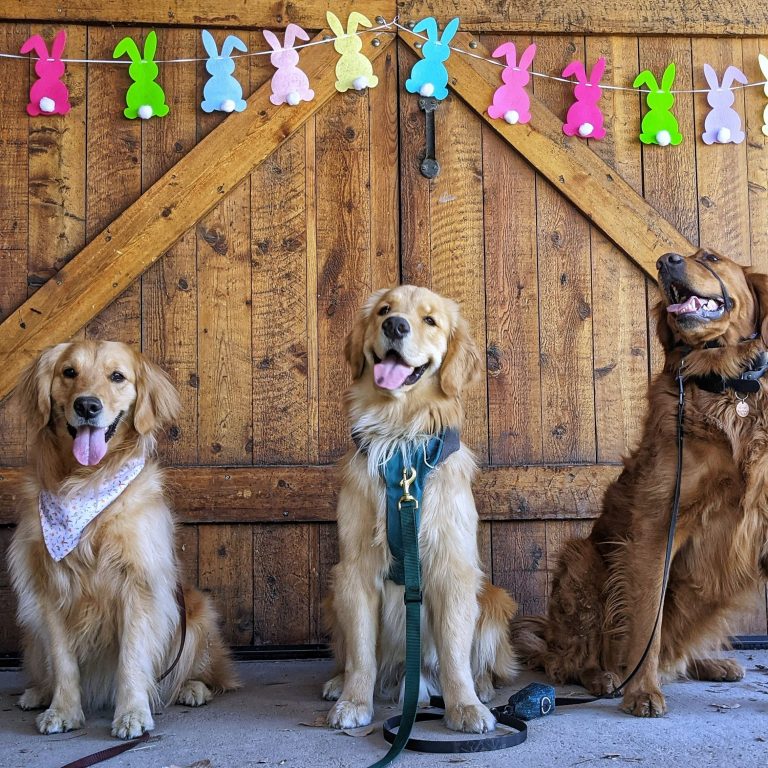Are you faced with the choice between a harness and a collar? In this article you can read the main differences, the advantages and disadvantages and when it's better for you to choose one or the other. This way you make a choice that suits your dog, your lifestyle and your goals with training or dog sport.
Why this choice is important
Comparison: harness vs. collar
| Feature | Gear | Collar |
|---|---|---|
| Pressure distribution | Distributes pressure across chest and shoulders | Pressure on neck and throat when pulling |
| Check | More control, less chance of escape | Quick on and off, but less control with tractors |
| Sports & activity | Recommended for canicross, tracking, agility | Suitable for short, quiet walks |
| Socialization | Comfortable → helps with positive socialization | Can be fine, but less fine for sensitive dogs |
Gear: advantages & disadvantages
✅ Benefits
⚠️ Disadvantages
- Improper fit can chafe or restrict movement.
- You have to let your dog settle down during the training.
Collar: advantages & disadvantages
✅ Benefits
- Quick and easy to do.
- Light and practical for short walks.
- Useful for a token or name tag.
⚠️ Disadvantages
- Pressure on neck and trachea when pulling.
- Not suitable for intensive training or sports.
- Improper material can chafe or hurt.
When do you choose what?
- Puppy or sensitive dog: start with a well-fitting harness and positive socialization.
- Pulls on the line: harness with front clip helps i.c.w. reward-oriented training.
- Sports & activity: almost always harness (canicross, tracking, agility).
- Quiet walk: collar can, provided your dog doesn't pull.
Checklist: fit & safety
- Measure up well: chest circumference and neck, check the size chart.
- Freedom of movement: shoulders free, no pressure on throat/occlusions.
- Material: soft, firm, without sharp edges.
- Habituation: build slowly with short sessions and rewards.
- Health: in doubt? Have your dog checked at the veterinarian.
Conclusion
For most dogs, a well-fitting rig the safest and most comfortable choice - especially if your dog is active or pulls often. A collar Can be fine for short, quiet walks. Above all, look at your lifestyle, goals with training and possible healths aspects.









